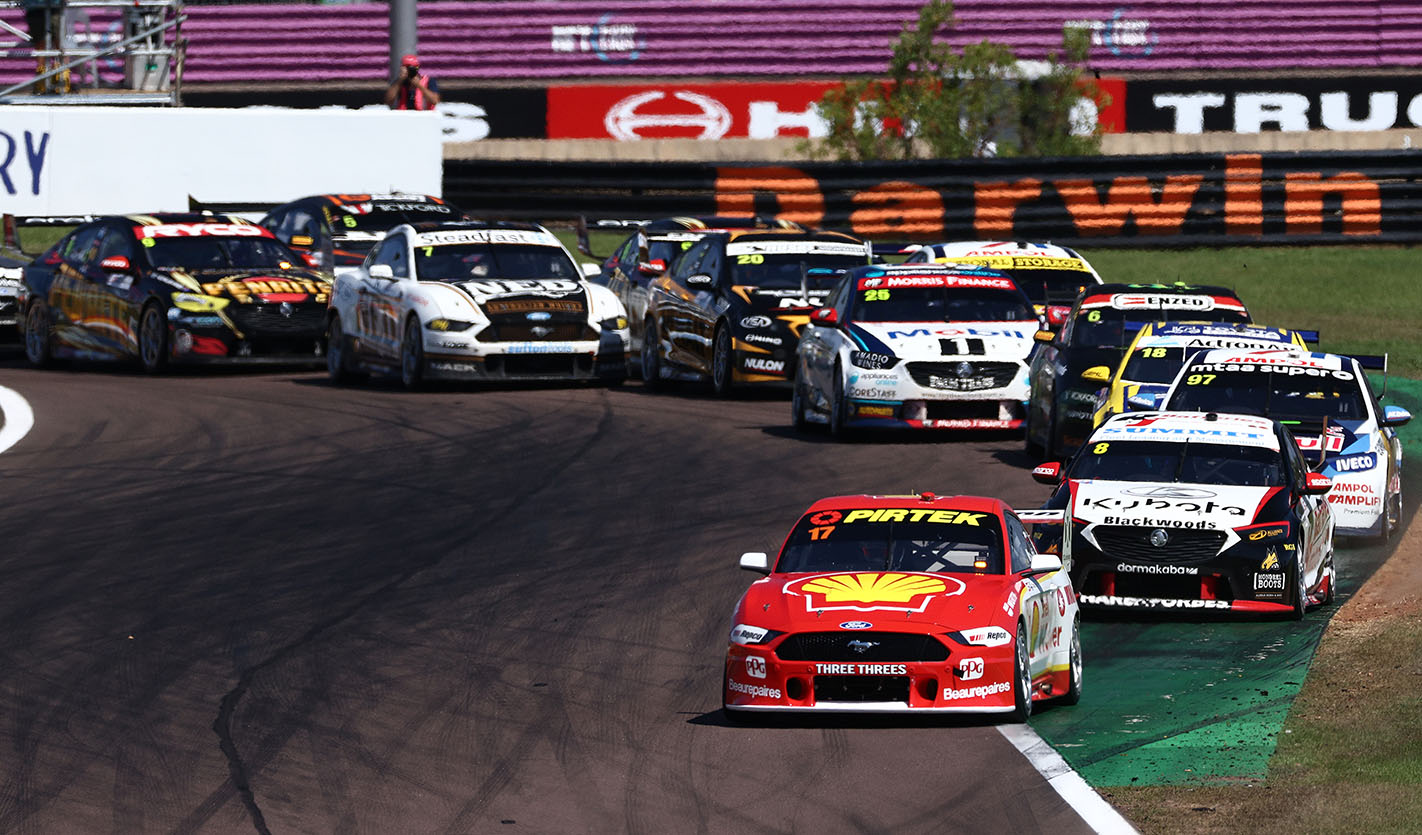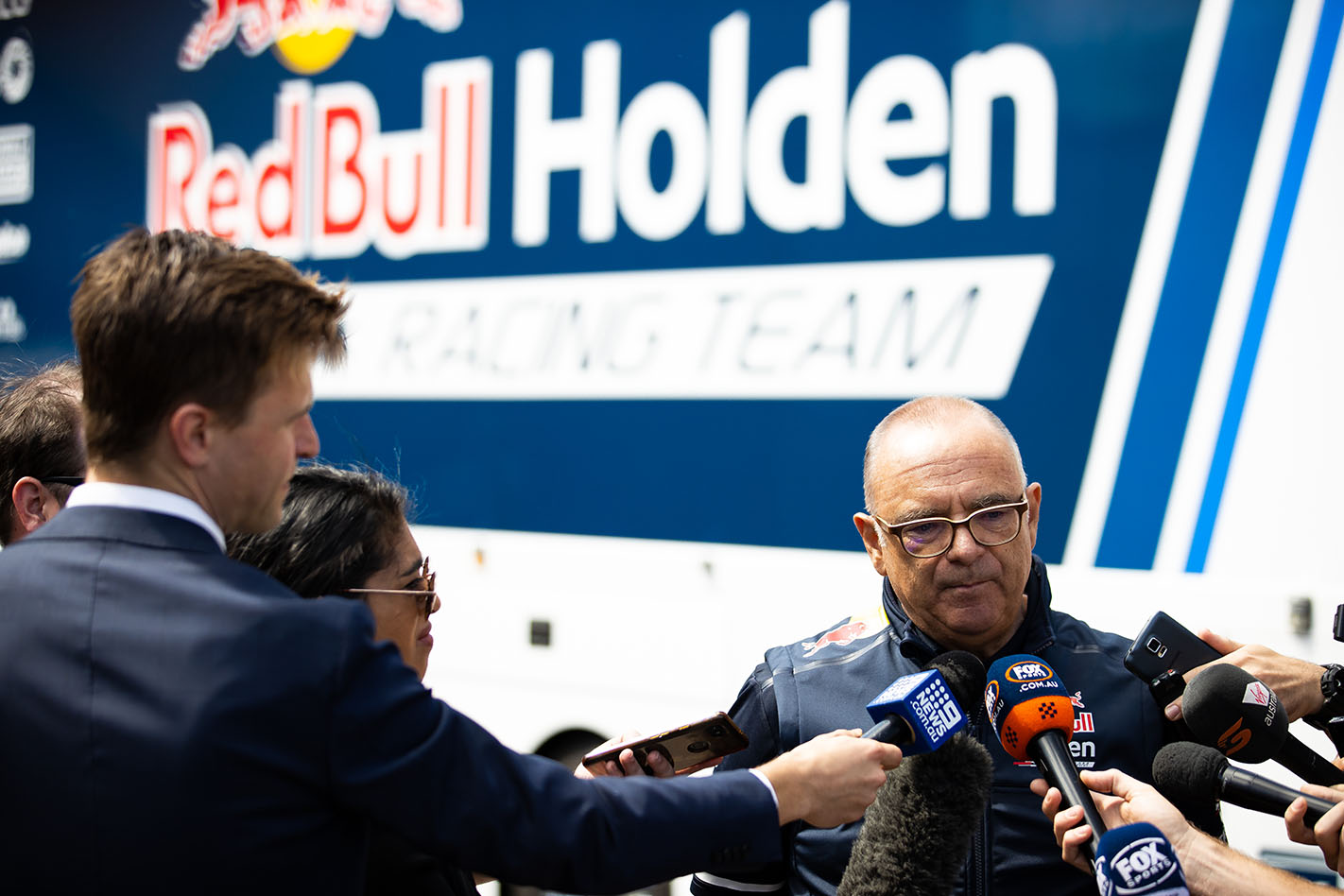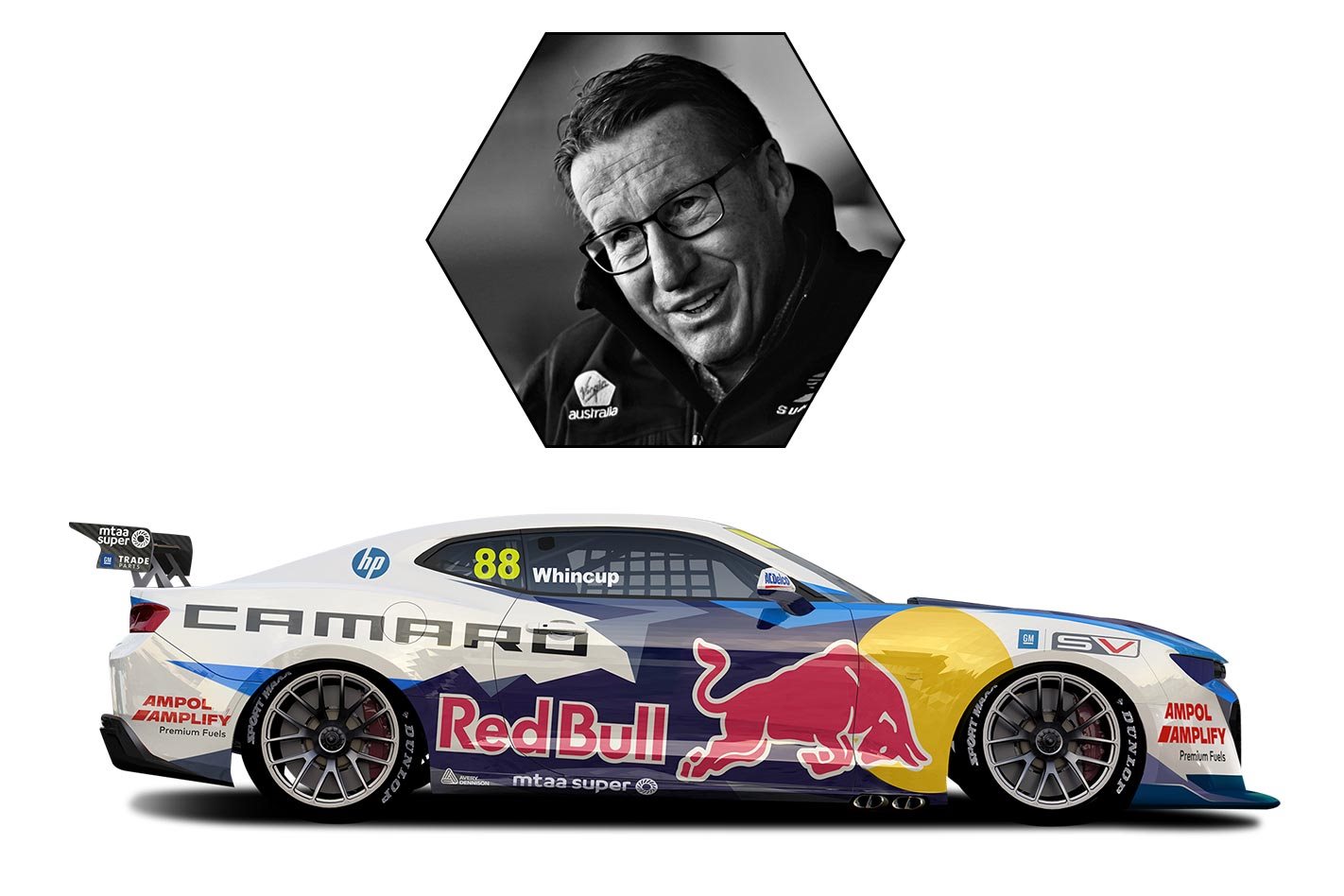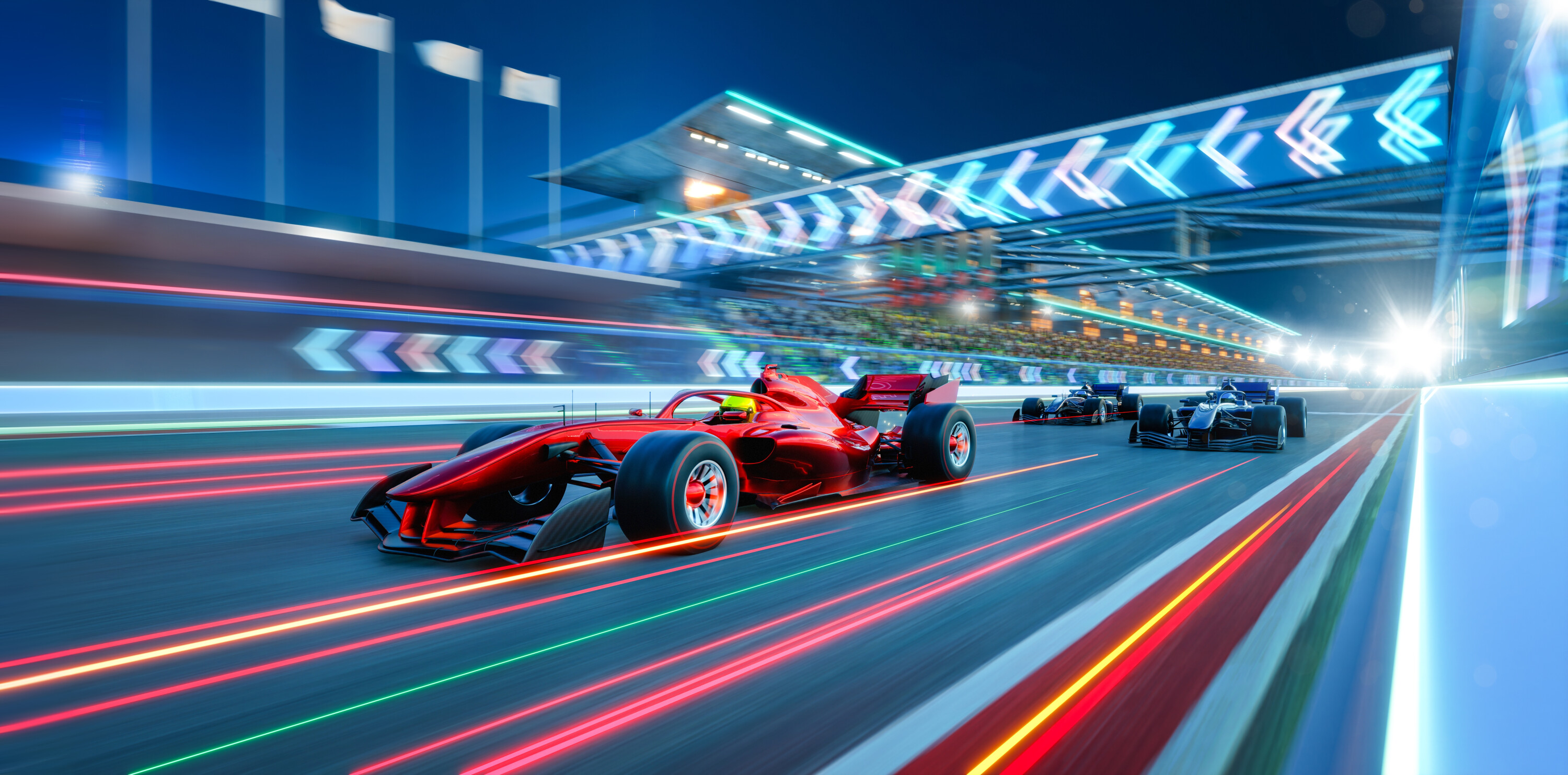2020 was a year to remember – and a year to forget. In the world of Supercars, there were shocks and knocks, but the pain was offset by gain. New ways of racing, new sponsorship, a new broadcasting deal, a new kind of car and new opportunities emerged in 2020. The best news is that street-look Camaros and Mustangs are the coming attraction.
This column first published in the Wheels Yearbook 2020 issue.
Out of the ravages of the coronavirus pandemic, there are clear signs Supercars will be fitter and stronger in the future. At considerable cost, Australia’s premier motor racing category has survived the most serious global crisis in living memory in remarkably good shape.
But, like most of our lives, it will never be the same again – or at least not for a long time. Supercars’ setbacks were small in the big scheme of things, but as a microcosm of resilience and resourcefulness, the sport showed what can be done when our backs are against the wall.

Recovery from this strangest of years will be neither easy nor fast. But I believe Supercars racing is in a better position than most for the future. We have Repco signing up for five years as title sponsor of the championship and also the Bathurst 1000; a new five-year broadcasting deal with Fox Sports and returning free-to-air TV partner Channel 7; plus the framework for the new Gen3 rules from 2022, clearing the way for the Chevrolet Camaro to take on the Ford Mustang.
Several months ago, the outlook was grim. There were legitimate doubts there’d be any racing at all, much less a successfully completed championship.
Even before COVID-19, Supercars was rocked by the announcement the Holden brand would be retired by the end of the year. We knew the Commodore was doomed, but the demise of the Lion badge was an unexpected kick in the guts.
As a racing driver synonymous with Holden for more than a quarter of a century, I was devastated. The Red versus Blue rivalry on which we all grew up had an end date that not long ago was inconceivable.

Red Bull Holden boss Roland Dane has a significant hand in forming the Gen3 rules.
Then came COVID. Supercars, its partners and teams did an extraordinary job to resume racing in late June, and by adapting, innovating and imposing strict health protocols, pulled off a rapid-fire series that ended on a high at Bathurst.
Some of the changes implemented – two-day race weekends, three sprint races without refuelling, limited personnel and restricted data – will have a lasting effect. The good that’s come out of the hardships and restrictions is that cheaper and more efficient racing is possible when the traditional mindset is replaced by flexible thinking.
Cost-cutting is a big part of Gen3, which promises an exciting evolution of the V8 rear-drive platform that has served Supercars so well for so long. The basics are a new control chassis that facilitates and encourages two-door coupes, no more corrupted body shapes, much cheaper build and maintenance costs, and significantly reduced aerodynamics for closer, more action-packed racing. I like to call the concept ‘affordable aspirational’ because it involves models that are attainable but still emotive.

Gen3 means the Camaro will replace the Commodore from 2022, reviving a long-running historical rivalry with the Mustang and, more importantly, maintaining the traditional Ford versus GM rivalry. I expect Holden fans to embrace the Camaro. Supercars can thrive on Camaro versus Mustang for the foreseeable future, but I’d like to think the low cost of entry will eventually attract one or two other makes.
After such a year of difficulty and change, Supercars is ready to face the future with a clearly defined purpose: Loud and lively entertainment that appeals to the masses.
Mark Skaife’s new self-titled autobiography is out now at all good book retailers, and available online.





